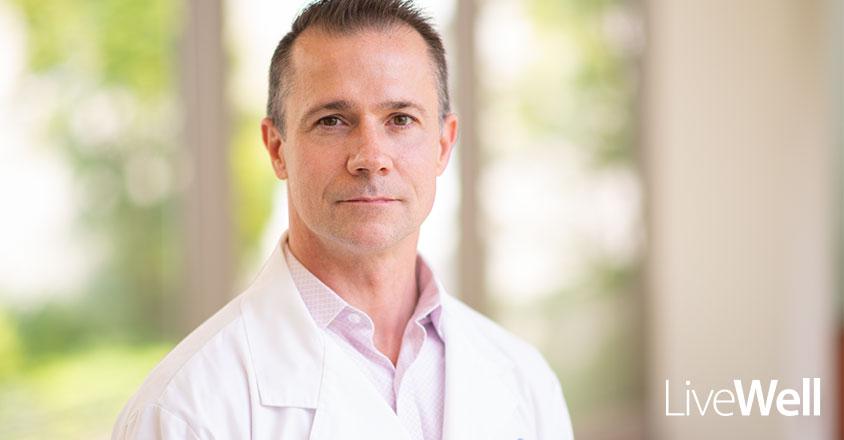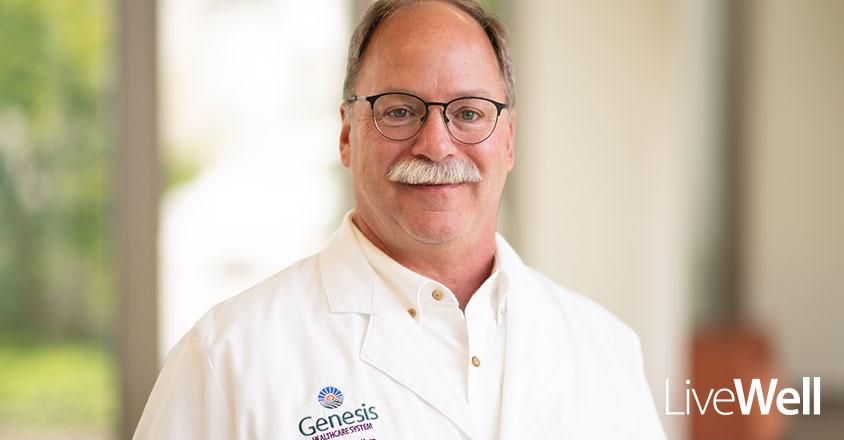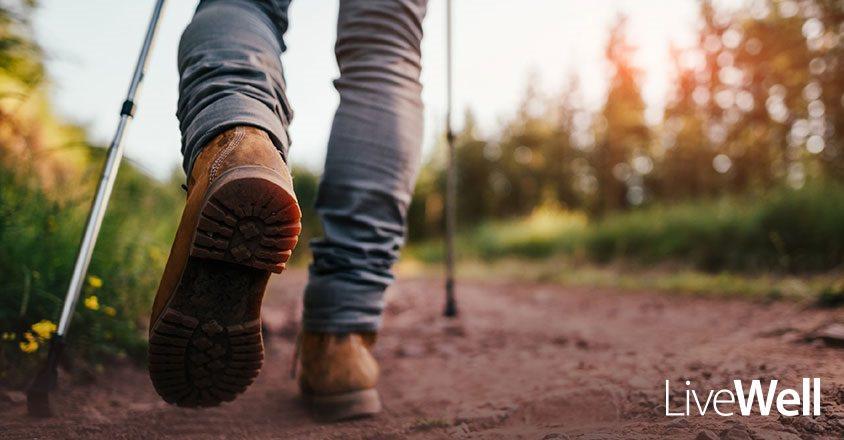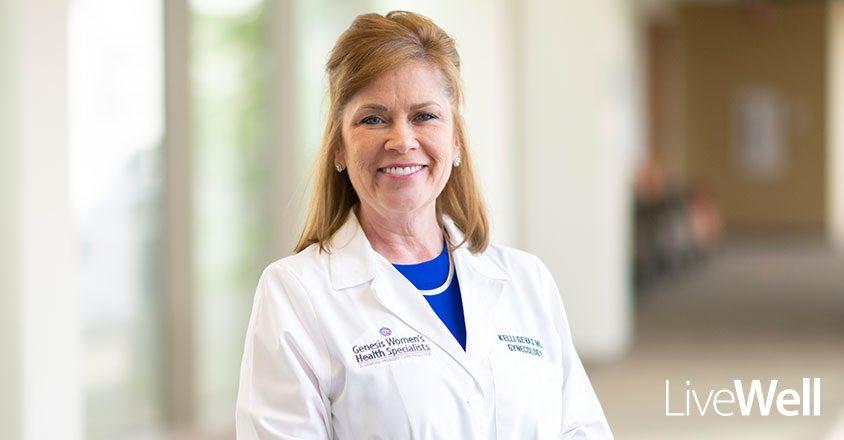Mammograms
According to the American Cancer Society, breast cancer is the most common cancer among women. Thankfully, it is treatable, especially with early detection. Even so, many women avoid scheduling or keeping an appointment for a mammogram.
What is a mammogram?
A mammogram is an X-ray of the breast. Its primary function is to detect breast cancer or other abnormalities in the breast tissue.
When should women start getting mammograms?
General recommendations for cancer screenings vary based on age:
Women older than 30 only need to have a mammogram if they exhibit symptoms, like a lump.
Women between the ages of 40 and 54 should be screened for breast cancer each year.
Women over age 55 should be screened for breast cancer every other year.
If you have a family history of breast cancer, your Primary Care Physician (PCP) may recommend beginning screenings sooner or more frequently.
Why are mammograms so important?
Mammograms can detect abnormalities sooner than a manual breast exam, making them a great first line of defense. According to the American College of Radiology, mammography has helped reduce breast cancer mortality in the U.S. by nearly 40% since 1990.
Although mammograms are a key part of breast cancer prevention, many women put off their mammograms or avoid them entirely. Sound familiar? You’re not alone.
According to a new study from MedStar Health, here are the most common reasons women don’t get mammograms (and why you should rethink getting that appointment on your calendar):
“I haven’t gotten around to it.”
Life is busy, and it’s easy to let preventive care fall by the wayside, especially when taking care of family. However, your health is important, too. Next time you make an appointment with your PCP, mention that you’re due for a mammogram and schedule it.
“I’ve had normal mammograms in the past,” or “Breast cancer doesn’t run in my family.”
If breast cancer isn’t a concern for you, missing a mammogram or two doesn’t seem like a big deal. However, the risk of developing cancer increases with age, regardless of family history. It’s critical to continue getting tested to ensure you are healthy.
“Mammograms are painful.”
Many women complain that mammograms are uncomfortable or painful, but they don’t have to be. If you’re avoiding your mammogram due to pain, talk to your PCP about your options.
Avoid scheduling your mammogram the week before your period to avoid sensitivities from hormonal changes. Take acetaminophen before the appointment. If the position of the imaging plates is uncomfortable,
ask the technician to adjust them.
"I’m afraid. What if they find something?”
Anxiety around medical testing is common, and understandable, particularly when it comes to tests that can reveal something like cancer.
Talk to your PCP about your concerns. Bring a loved one with you for moral support before and after the test.
Genesis HealthCare System’s Health and Wellness content conveniently provides accurate and helpful information. Your health history and current health may impact suggestions provided through our Health and Wellness content. Although we hope this information is helpful, it is not a substitute for your doctor's medical advice. Before making any significant changes, please consult your doctor.
Ready to get healthy?
Sign up for our digital newsletters to receive health tips, recipes, success stories for inspiration and information about new doctors to help you on your journey to better health.

According to the American Cancer Society, breast cancer is the most common cancer among women. Thankfully, it is treatable, especially with early detection. Even so, many women avoid scheduling or keeping an appointment for a mammogram.









